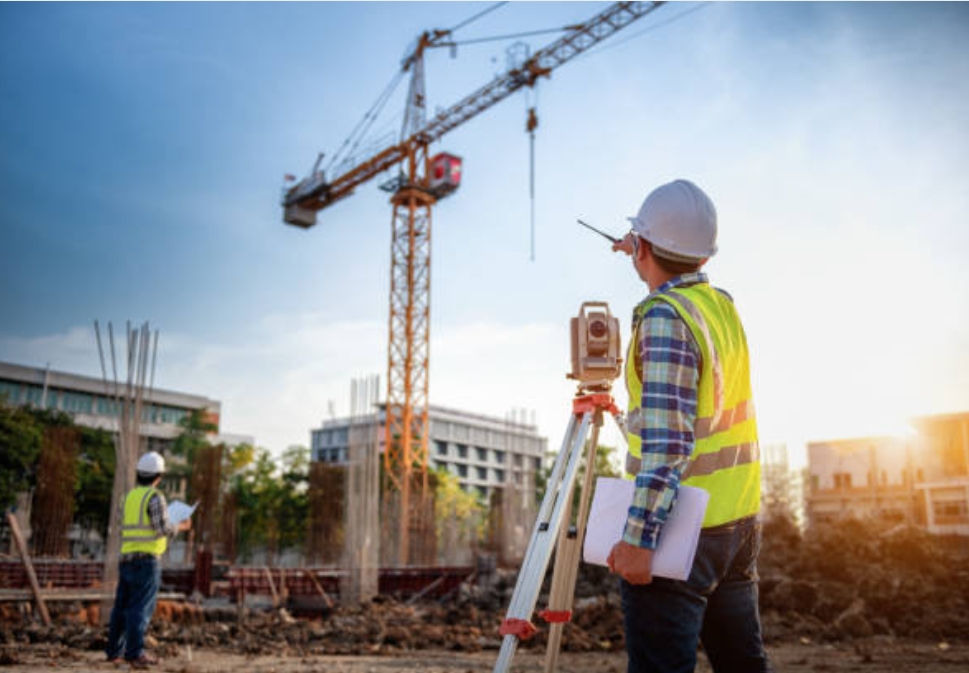Civil Engineer Interview Questions and Answers
1. Can you describe what a projection line is?
Ans. Projection line can be described as the way in which the earth is displayed on a flat piece of paper.
2. Can you explain the process of designing and planning a construction project?
Ans. Answer: The design and planning process involves assessing project requirements, conducting feasibility studies, creating design concepts, performing structural analysis, and preparing detailed construction plans. We consider factors like functionality, safety, aesthetics, and sustainability during this phase.
3. How do you manage and prioritize multiple projects simultaneously?
Ans. To manage multiple projects, I use project management tools and techniques to establish timelines, milestones, and critical paths. I prioritize tasks based on urgency and resources, ensuring that each project receives the attention it needs to progress smoothly.
Civil Engineer Interview Questions and Answers 2023
4. How do you ensure the safety of construction workers on-site?
Ans. Safety is a top priority. I implement strict safety protocols, conduct regular training sessions, and enforce the use of personal protective equipment (PPE). Regular site inspections and safety audits are also conducted to identify and mitigate potential hazards.

5. What are the main factors you consider when selecting construction materials for a project?
Ans. I consider factors like material strength, durability, cost-effectiveness, environmental impact, and suitability for the project’s specific requirements. Sustainable and eco-friendly materials are preferred whenever possible.
6. How do you handle unexpected delays or setbacks in a project schedule?
Ans. I maintain contingency plans and regularly update project schedules. When faced with delays, I assess the situation, identify the cause, and make necessary adjustments to get the project back on track while keeping stakeholders informed.
Also read:- automobile engineering interview questions
Civil Engineer Interview Questions and Answers
7. Can you describe your experience in using civil engineering software and tools?
Ans. I have extensive experience in using various civil engineering software, including AutoCAD, STAAD.Pro, ETABS, and SAP2000 for structural design and analysis. Additionally, I am proficient in using BIM (Building Information Modeling) software like Revit to enhance coordination and collaboration among project teams.
8. How do you stay updated on the latest advancements and trends in civil engineering?
Ans. I am an avid learner and stay up-to-date through industry publications, attending seminars, workshops, and webinars. I also actively participate in professional engineering organizations, which provide opportunities for networking and knowledge sharing.
THERMAL ENGINEERING INTERVIEW QUESTION
9. Can you list out the various steps involved in the concreting process?
Ans. The main steps involved in the concreting process are as follows:
• Batching
• Mixing
• Transporting and placement of concrete
• Compacting
10. List out the reinforcements that are used in the process of prestressing?
Ans. There are three primary types of reinforcements that are used in the prestressing process. They are:
• Spalling Reinforcements
• Equilibrium Reinforcements.
• Bursting Reinforcements.
11. How would you describe the soundness of cement?
Ans. Cement soundness can be described as a property which ensures that the cement does not go through any appreciable expansion or experience any change in volume once it has been set. This process helps get rid of any possibilities of the mortar or concrete from getting disrupted.
12. Explain Fatigue. Can you point out some of the structures that may be subjected to fatigue?
Ans. Fatigue can be described as the gradual damage to a structure that occurs when it is subjected to cyclic loading (repeated loading and unloading). Some of the structures that may be subjected to fatigue include:
• Bridges that are heavily loaded
• Hydraulic Presses
• Aircrafts
• Concrete Reservoirs
• Pylons
• Turbines
• Overhead cranes
• Transmission towers
• Offshore platforms
• Burners trains
Civil Engineer Interview Questions and Answers
13. What Inspired You To Become A Civil Engineer?
Ans. I was always interested in mathematics and science, and the challenge of building and designing structures that improve people’s lives intrigued me. When I learned about the field of civil engineering and its impact on the built environment, I knew that it was the perfect career choice for me.
14. What Do You Consider To Be Your Greatest Strength As A Civil Engineer?
Ans. I believe my greatest strength is my ability to think critically and solve complex problems. I am also very detail-oriented and have excellent project management skills, which help me ensure that projects are completed on time and within budget.
15. Can You Describe A Challenging Project You Have Worked On And How You Overcame Any Difficulties?
Ans. One of the most challenging projects I worked on was the design and construction of a large bridge over a river. The biggest challenge was finding the right balance between aesthetics, functionality, and cost. I worked closely with a team of engineers and stakeholders to evaluate different options, and we eventually came up with a solution that was both aesthetically pleasing and cost-effective.
4 Comments on “Civil Engineer Interview Questions and Answers”